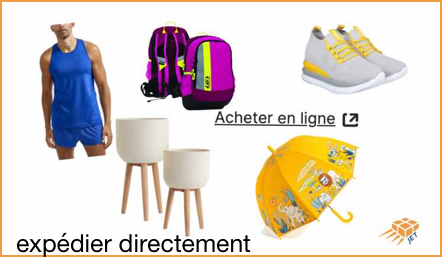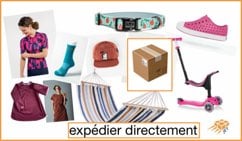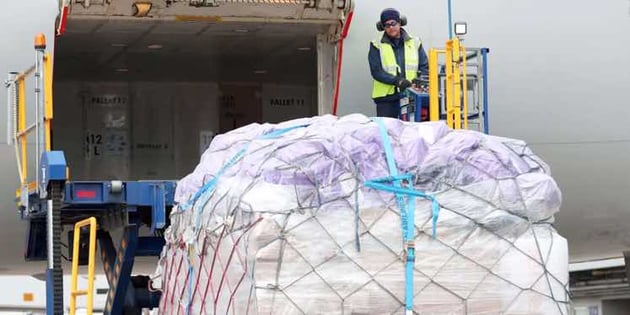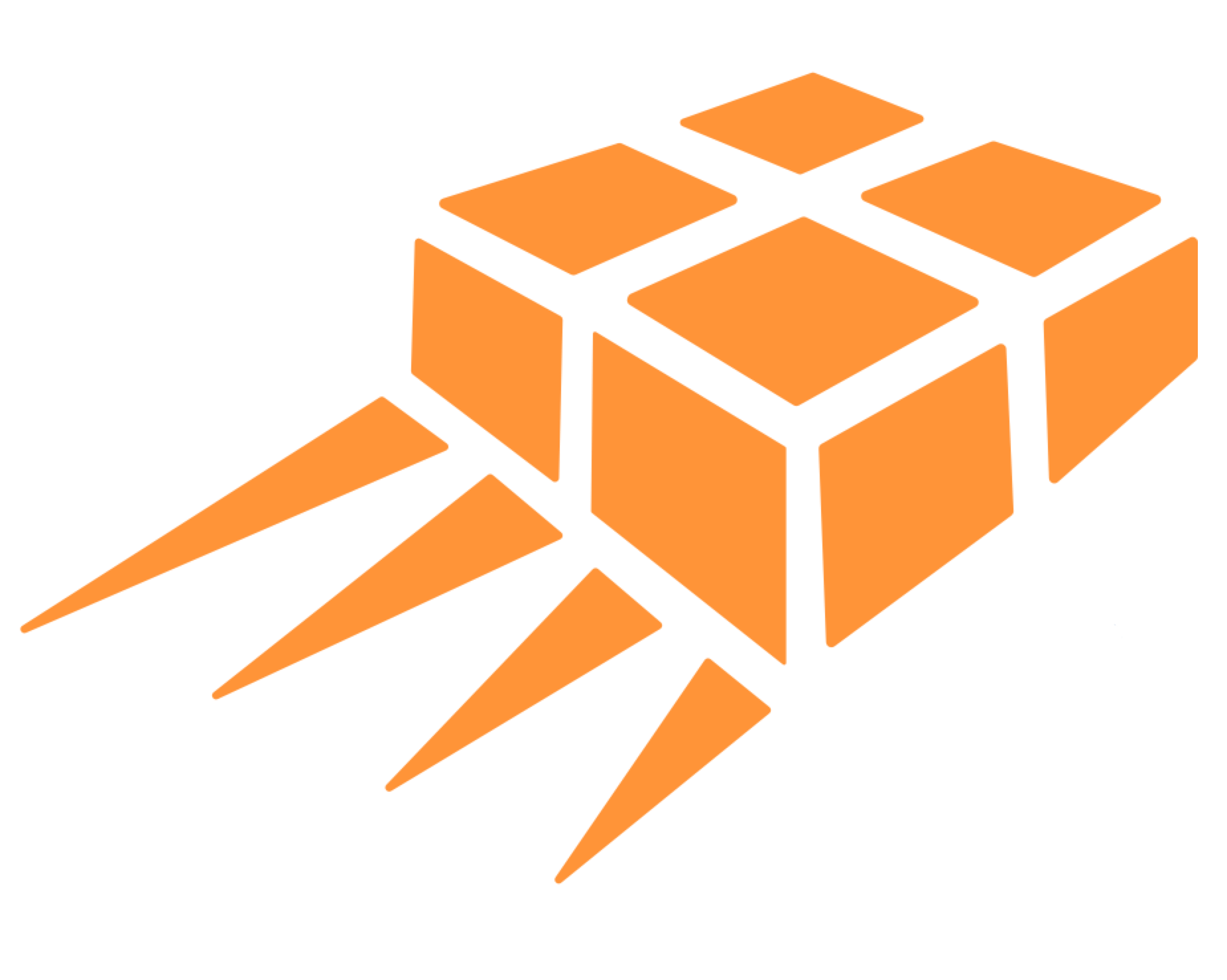
Clearance Challenge of E-commerce parcels to the USA
Customs Clearance challenge for e-commerce shipments to the USA. Many brokers are not familiar with Part 128 of the Code of Federal Regulations which address the benefits of Section 321 type 11 or type 86 informal entry processes without requiring H.S Codes and Formal entry processes. Section 321 entries are now possible for ocean parcels.
Cross border e-commerce presents a new challenge for US Customs brokers. The challenge of clearing thousands of different items to thousands of different consignees requires a specialized knowledge that is challenging traditional customs brokers.
Clearing one container with 2,000 items with one H.S. code to one consignee is very different from clearing one container with 2,000 different items to 2,000 consignees!

Disclaimer: The information in Jet Worldwide online content, including this post, is for general information only and is not intended to, constitute legal and/or tax advice.. All liability with respect to actions taken or not taken based on the contents of this site are hereby expressly disclaimed. The content on this posting is provided “as is”; no representations are made that the content is error-free.
US Customs Brokerage for Online Orders and Type 86
To understand e-commerce clearance, it is necessary to first understand the essence of customs clearance. In the haze of rules and regulations, it is useful to remember that most customs entries - especially for e-commerce parcels - require only a few core elements. These include:
- Date Shipper
- package number
- name and address Consignee
- name and address
- Number of pieces
- Weight
- Commodity
- Value
This information is readily available for all cross border e-commerce shipments. Furthermore, the vast majority of shipments valued under $800 can be imported with a “manifest submission” without the need for harmonized codes, duty or taxes. A new Section 321 type 86 is available for traditional customs brokers automated systems (ABI/ ACE) but requires H.S. Code.
Shipping Online Orders to the USA via Canada
Section 321 processes are available via Canada for cross border shipping direct to the USA. Contact Jet's Canadian logistics team for details.

Using Section 321 type 86 entries, e-commerce merchants can clear e-commerce orders shipped via individual parcels shipped via ocean freight. Contact our team for information on clearing ocean freight shipments via duty free section 321 processes. .
1 entry for 1 shipment versus 1 entry for many shipments
The role of US Customs brokers in traditional logistic flows involve clearing 1 shipment to one importer. E-commerce parcel logistics involves clearing 1 master waybill containing thousands of different items to thousands of importers.
1 entry for 1 pallet/ container
One entry is required for every import, no matter the size or value. Whether a shipment contains 1 item valued at $300 or 1,000 items valued at $3 millions dollars, one customs entry is required. Although customs entries tend to become more complex as the size and value increase, the cost of clearance relative to the value of the shipment is not meaningful.
It can cost between $75 and $150 to have a customs broker clear your shipment whether your import is valued at $300 or $3 million.
Revenue per parcel versus revenue per entry
A key performance indicator for traditional customs brokers is the number of entries they prepare: More entries means more revenue. This model conflicts with e-commerce parcels where brokerage costs must be assigned per parcel and at a fraction of the costs charged by US Customs brokers. Customs clearance for e-commerce imports is best measured as a cost per shipment and not the cost per entry.
1 entry for many shipments
For e-commerce importing, there are typically thousands of individual commodities each destined to thousand of consignees (In brokerage parlance, a consignee is most often considered the “importer of record.”)
IMPORTER OF RECORD: The definition of “importer of record” can be complex but essentially is understood to be the owner of the shipment at the time of import.
UPS, FedEx & DHL are the predominant experts in high volume parcel importing to the USA and have challenged the traditional customs brokerage model. In fact, traditional customs brokers have complained for years that FedEx & UPS benefit from easier entry processes. But, FedEx/UPS/ DHL closed networks are not available to e-commerce shippers who wish to utilize the low cost postal network and/or regional carriers.
The biggest challenge for e-commerce parcel clearance in the USA is for shipments valued above $800. Such shipments require individual US harmonized customs codes and duty assessment. Efficiencies for these shipments can be achieved through integrating the automated manifest data (required for all imports) with entry data, effective application of harmonized codes and utilizing consolidated entries
Most E-commerce parcels imported into the USA fall under "Part 128" of the Code of Federal Regulations (CFR)
Brokers specializing in high volume parcel importing Independent specialized brokers exist primarily in gateway cities such as New York and Los Angeles. One of the key costs associated with parcel clearance is the per house waybill charged by US Customs for clearance through an express facility. In some cases, this fee can be minimized by using a non-express clearance.

While not possible using traditional US Customs broker processes, it is possible to clear a high volume of parcels using consolidated entries. Such processes enable the submission of multiple e-commerce parcels on a single entry. Such brokers must also have access to either an express consignment clearance facility (ECCF) or a container freight station (CFS).
What is Section 321?
US Customs allows most individual orders valued under $800 USD to be entered and cleared duty free into the USA. This entry type is known as a Section 321 Informal Entry. Using this entry type, importers can consolidate all their qualifying orders under one entry without H.S. Codes and benefit from duty free entry.
For importers who have H.S. codes, it may be best to use a Section 321 "type 86" entry. Using this entry type, goods can be imported via traditional methods using the Automated Broker Interface or ABI system.

Important Note: The information in Jet Worldwide online content, including this post, is for general information only and is not intended to, constitute legal and/or tax advice.The content on this all Jet Worldwide posts are provided “as is”; no representations are made that the content is error-free.







